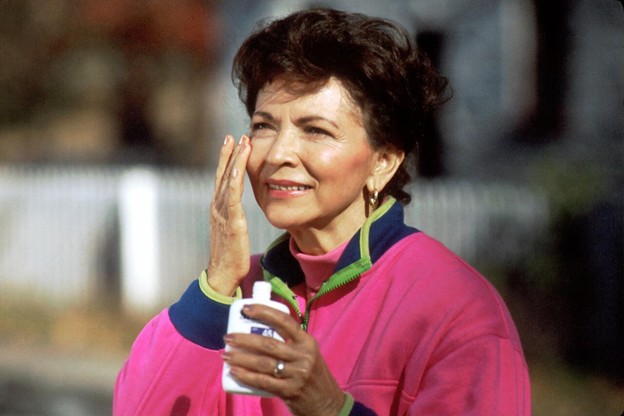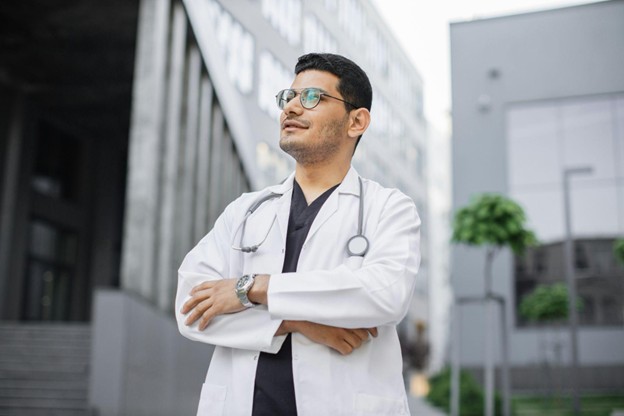
Physical medicine and rehabilitation, sometimes called PM&R or rehabilitation medicine, is a specific area that focuses on enhancing and restoring a person’s functional ability. The underlying goal here is to improve the quality of life for those who have disabilities or other physical impairments that affect their nerves, bones, joints, spinal cord, brain, muscles, or tendons. A person who completes their education in this field is called a physiatrist, and they often have advanced education and knowledge in the field of rehabilitation.
What Makes This Field Different?
Other medical providers aim to create a cure for the person’s health. They may work to heal an injury or overcome the challenges of a disease. However, those who work in this field typically focus on maximizing a person’s independence, especially in areas such as the activities of daily living. They aim to improve the patient’s quality of life.
The work of a physiatrist is to create a comprehensive and patient-centered treatment plan. They work alongside other providers, including medical teams and other rehabilitation providers, to create a series of steps or goals for a person based on their specific and unique needs. They may use methods that have been around for a long time and have a proven track record. They may also incorporate other solutions, including new and innovative strategies that may aid a person in improving function. These professionals work with people facing many types of limitations. They also provide care to people of all ages.
Understanding What Rehabilitation Is
Rehabilitation is not a new method for treating illness or injury. It is, however, becoming more vital than ever as the age of the U.S. population grows. More people over the age of 60 need this type of support both to overcome the limitations of previous surgeries and treatments as well as to learn to live with limitations more fully.
Rehabilitation applies to many aspects of daily life. It focuses heavily on achieving the best level of functional independence possible in the activities of daily living, as well as improving their ability to participate in meaningful work, enjoy recreational activities, and support the needs of their path towards education. Rehabilitation helps people to achieve meaningful value in their daily life in various ways, based on the limitations they may have now.
How Does Rehabilitation Help?
The goal of rehabilitation is clear–it works to improve the overall quality of a person’s life. But how is it done?
“Rehabilitation is not a specific treatment or protocol. It is a process of finding a person’s limitations and disabilities and then pushing them to the highest level of functionality and improvement possible., says Dr. Sean Ataee, MD a specialist in rehabilitation medicine. “It uses a wide range of steps and strategies to achieve this, and it is always customized to meet the individual’s unique needs. It’s a powerful way of improving a person’s future.”
Those who have just about any type of health condition have some form of limitation in their functioning. This could be in areas such as cognition, mobility, or vision. They may benefit from rehabilitation in these areas. Rehabilitation may help a person address their impairments. It may help to extend activity limitations or help to increase participation.
To do this, a customized treatment plan is created. It may include using assistive technologies. It may mean using treatments to address mobility concerns. Rehabilitation can be far-reaching in the various ways it impacts a person’s ability to interact with their environment.
Types of Rehabilitation
Rehabilitation elements differ based on a person’s limitations and expectations. They may help with preventative, restorative, palliative, or supportive care.
Preventative rehabilitation: This type of care focuses on care after a new diagnosis or the onset of new impairments. It aims to help provide the patient with education and any available interventions to slow the progression of the condition or help a person maintain their abilities to the best level possible. This may be helpful, for example, in dealing with conditions like cancer.
Restorative rehabilitation: The focus in this area is to improve impairments as much as possible. This may include respiratory function or muscle strength. It may also include improving cognitive impairment in some people. It may be helpful after surgery or illness.
Supportive rehabilitation: This type of care focuses on a person’s ability to care for themselves and to be as mobile as possible. It may include teaching new methods for balancing or overcoming their limitations. Assistive equipment may be helpful in this area. There may also be benefits in the use of environmental modifications.
Palliative rehabilitation: This area is designed to help people live a high quality of life psychologically, socially, and physically. However, it also pays close attention to a person’s unique wishes often as they struggle with life-threatening conditions. It may involve the use of methods to help reduce symptoms of pain or help to improve breathing assistance.
Rehabilitation like this can be life changing. It may empower a person, support their emotional needs, and help families learn what they can do to help loved ones.






